With the exciting and adrenaline-pumping sport of paintball gaining more and more popularity, we must take a closer look at the safety and toxicity involved. Paintballs are an integral part of this game and, as such, understanding their ingredients and effects on our environment should be a priority. Is paintball a dangerous pastime or is this fear unfounded? This article will examine the facts around paintball to determine if it is indeed something to be feared.
What is a paintball game?
Paintball is a sport in which participants shoot pellets filled with dye at each other using specialized guns. It is a popular recreational activity, but it also requires special safety equipment and precautions to reduce the risk of serious injury.
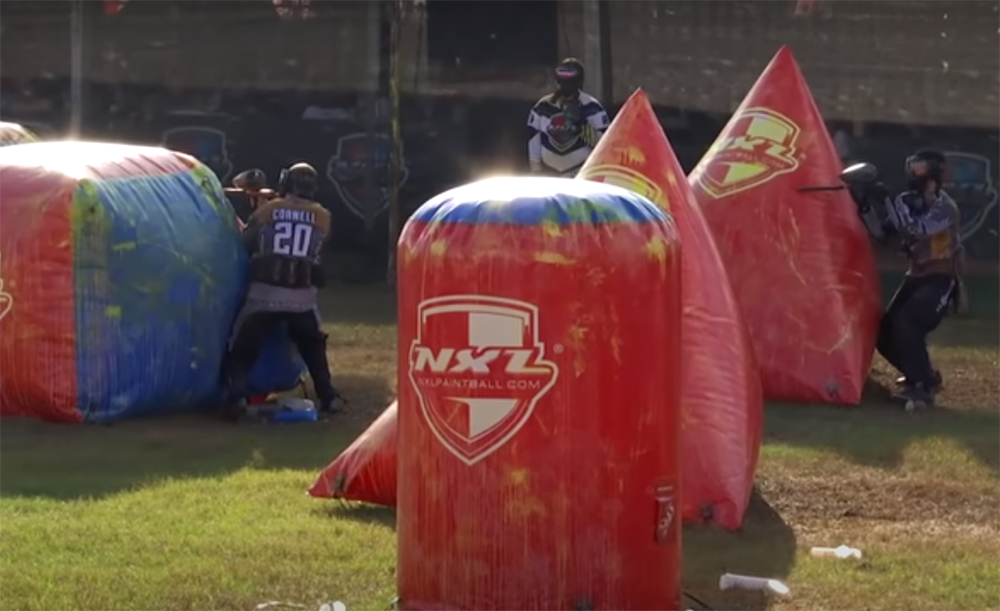
Another important item of safety equipment is clothing that covers the entire body. This includes long pants, long-sleeved shirts, and gloves. Clothing should be tight-fitting to prevent paintballs from bouncing off, and dark colors are recommended to make it harder for opponents to see the player.
In addition, players should be aware of their surroundings and avoid playing in areas with sharp objects or large drops such as staircases or balconies. It is also essential that all participants adhere to the rules and regulations of the venue to ensure safety.
Players should also be aware of the power level of their guns, as some paintball guns shoot at velocities approaching 300 feet per second – far faster than a U.S. legal limit for firearms. These power levels must be kept within certain boundaries to minimize injury potential and comply with local laws.
Finally, paintball guns should always be handled responsibly. All participants should keep their guns pointed downrange and away from other players at all times; never point them in the direction of someone else or discharge a gun without permission [1].
What are paintballs made of?
Paintballs are made of a non-toxic, water-soluble substance that is typically composed of food-grade vegetable oil, dye and thickening agents. The ingredients used for paintball shells vary between manufacturers, but they generally use a biodegradable material such as cornstarch or polyethylene glycol to provide additional strength and durability.
Traditional Paint Composition
Paintballs traditionally used dye, talc and oils to create a consistent color. Talc is a soft mineral that is typically found in powder form and acts as an extender or filler in traditional paints to help give them their shape and improve the consistency of the paint.
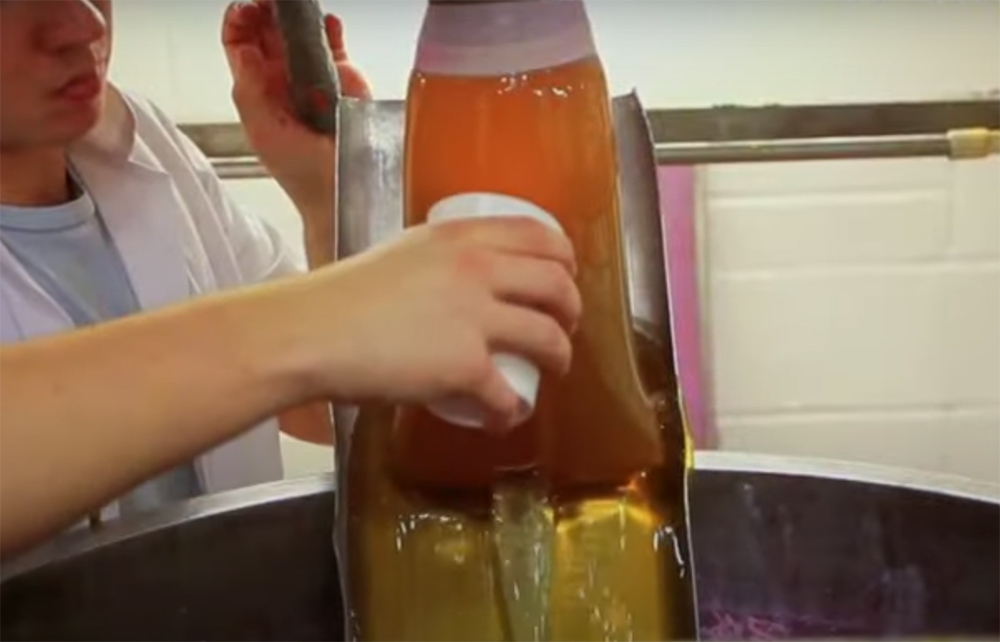
The most common type of oil used for this purpose was mineral oil, although some manufacturers now use vegetable-based oils instead. Dye is added to the mixture to provide a consistent color that can be used for in-game objectives and marking opponents.
Paintball Formulation
Modern paintball formulation has seen a move away from traditional substances and towards more environmentally friendly ingredients. Typically, these formulations replace talc with biodegradable polymers like cornstarch or ethylene glycol, and they use food-grade vegetable oil instead of mineral oil. The dye used is usually non-toxic and water-soluble as well.
These new formulations are designed to be gentler on the environment and easier to clean up. They also perform better in terms of accuracy, consistency and performance due to their improved formulation and manufacturing processes.
Different Types of Paintballs
There are a variety of different types of paintballs available on the market, each designed for specific scenarios and gameplay. The most common type is the traditional round paintball used in woodsball and other recreational activities.
More advanced players may opt for specialty paintballs such as first-strike rounds or fill-in paints which offer additional accuracy and range. These paintballs are generally more expensive and may require specialized equipment to use [2].
How Environmentally Friendly Are Paintballs?
Paintball is an extremely popular recreational activity, but many players still wonder – how environmentally friendly are paintballs? The truth is that the materials used to make paintballs are designed to be as eco-friendly as possible. Paintballs are made from biodegradable plastics and dyes designed to quickly degrade in natural environments. While they may leave a slight mark on the ground, paintballs will break down over time and are safe for the environment.
Another factor that contributes to paintball’s environmental-friendliness is its lack of sound pollution. Paintball guns are powered by CO2 gas, which creates a loud noise but does not produce any dangerous emissions like other types of firearms. This makes it much more eco-friendly than other recreational activities such as shooting guns or blowing up fireworks.

Finally, when playing paintball there is no need for fuel or electricity to power the game. This eliminates the potential of creating carbon emissions and helps reduce its environmental footprint.
Overall, it’s clear that paintballs are a safe and environmentally friendly activity that allows people to have a great time in nature without harming the environment. Players can rest easy knowing that their paintball games are not contributing to environmental pollution.
How to Take Care of Paintballs?
Paintballs are generally durable, but they can still deteriorate over time if not taken care of properly. Here are some tips on how to best take care of your paintballs:
- Store paintballs in a cool and dry place away from humidity. This will help ensure that the paint does not start drying out or fading.
- Do not expose your paintballs to direct sunlight for extended periods, as this can cause the color to fade.
- Never store paintballs in a place with temperatures above 80 degrees Fahrenheit, as this will cause them to heat up and possibly rupture or explode.
- Keep your paintballs in their original packaging whenever possible, as this will keep them safe from dirt and debris.
- Never mix paintballs of different colors or brands, as the ingredients may react with each other and cause damage to your paintball gun.
By following these simple tips, you can ensure that your paintballs stay in top condition for a long time. Taking care of your paintballs is important to ensure you have a safe and enjoyable paintball experience [3].
What To Do If Your Dog (Or Other Pet) Ate Paintballs?
If your pet has ingested paintballs, it is important to take them to a vet immediately. Paintballs may contain chemicals and dyes that can cause a variety of medical problems in pets if they are consumed. Symptoms of paintball ingestion include vomiting, diarrhea, abdominal pain, lack of appetite, and lethargy.
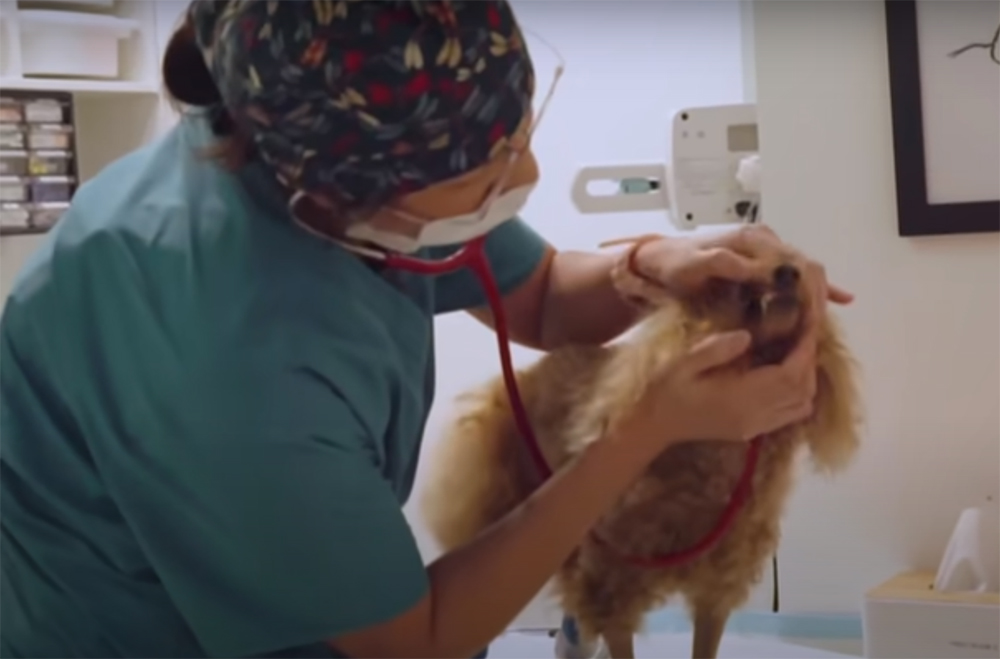
In conclusion, paintball is a safe and eco-friendly activity that anyone can enjoy. However, it is important to take proper care of your paintballs and watch out for potential hazards around pets and small children. By keeping these tips in mind, you can ensure a safe and enjoyable paintball experience for everyone!
And don’t forget that wearing the right safety gear such as masks, gloves, long-sleeved clothing, and other protective clothing is always important when playing paintball. Doing so will help reduce the risk of being injured and keep you safe from flying paintballs! Have fun and stay safe out there!
What Should You Do If You Are Hit by a Paintball?
- If the paintball hits you in an area protected by your safety gear, such as your mask or chest protector, remove it and check for any damage. If there is no sign of injury, simply wipe off the paint with a damp cloth and you should be able to continue playing.
- If the paintball hits you in an area not protected by your safety gear, such as your arms or legs, it’s important to take a few moments and assess the situation. If there is any sign of swelling or bleeding, seek medical attention immediately.
- Even if there is no visible damage from being hit, it’s still a good idea to take a break and see if there are any signs of pain or discomfort. If so, it’s best to take a few minutes and try to rest before continuing to play.
y following these tips, you can ensure that you stay safe while playing paintball. Remember, safety should always be your top priority when playing any sport! Enjoy the game but don’t forget to keep an eye out for stray paintballs!
How to load a paintball gun correctly?
Loading a paintball gun correctly is very important for the safety of yourself and those around you. If you don’t know how to safely load your paintball gun, it could lead to serious injury or even death. Follow these steps before beginning any game:
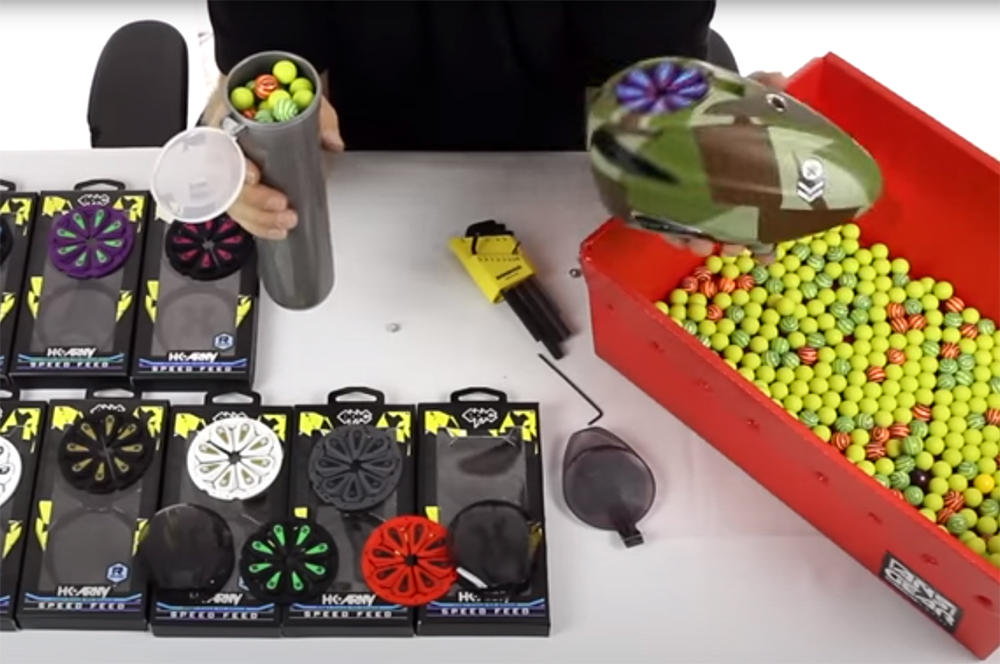
- Make sure your marker is unloaded and no paintballs are present in the chamber.
- Double-check the safety switch is in the on position at all times.
- Load your paintballs into the hopper carefully, making sure not to exceed the maximum fill line for your particular paintball gun model.
- Attach the hopper onto the feedback of your marker and secure it with a hand tightener or an Allen wrench.
- Make sure your barrel plug is firmly in place and the O-Ring on the marker is present to seal off the gas tank from outside elements.
- Finally, check that all screws are tight enough by giving them an extra twist with an Allen wrench if needed.
Now you’re ready to play. Make sure to follow all safety rules and regulations on the field, including keeping your gun pointed down when not in use and wearing proper protective gear. With these precautionary steps, you’ll be able to enjoy a safe and fun paintball game for years to come!
How to maintain your paintball gun?
Regular maintenance of your paintball gun is essential to keep it functioning properly and safely. Here are some tips on how to care for your marker:
- After each game, you should remove any broken paintballs from the barrel and clean the inside with a swab or cloth.
- Always make sure your O-rings are in good condition and lubricate them periodically with paintball gun oil.
- Keep an eye out for any signs of wear or tear on the marker, and replace any broken parts immediately.
- Use compressed air to blow out dirt and debris from the internals, which can accumulate over time.
- Store your paintball gun in a dry place when not in use and keep it away from any extreme temperatures.
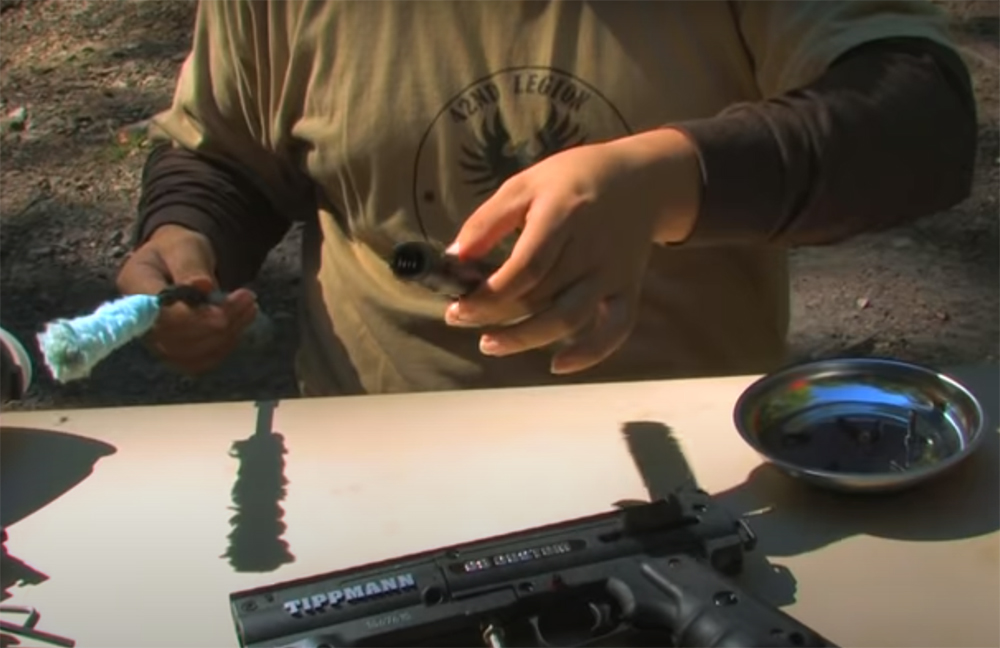
FAQ
Is paintball toxic?
No. Paintball is not toxic, however, it is important to wear protective safety gear at all times when playing paintball. This includes a face mask, long-sleeved shirt and pants, gloves, and knee pads. It’s also important to make sure that the paintballs you are using contain non-toxic ingredients such as food-grade dye and cornstarch.
How to choose the right size paintball?
The size of the paintballs you’ll need will depend on the type of gun you are using. Generally speaking, the larger the bore size (the diameter of the barrel) of your gun, the larger the paintball that will work best with it. For instance, a .68 caliber marker can use .68 caliber or smaller paintballs.
What is the recommended distance to stay away from other players while playing paintball?
What kind of protective gear do I need to wear while playing paintball?
All players should wear a face mask, long sleeve shirt and pants, gloves and knee pads while playing paintball. It’s also important to make sure that your clothing is loose enough to allow for movement. This will help to reduce the risk of injury while playing paintball. Additionally, if you’re playing in an indoor facility, make sure that everyone is wearing appropriate non-slip shoes.
What can I do to keep myself safe when playing paintball?
The most important thing is to always wear the proper safety gear. Additionally, you should always make sure that your gun is unloaded when not in use and never point it at another player. It’s also important to be aware of your surroundings and listen carefully to the instructions given by the referees or staff at the facility you are playing. Finally, take frequent breaks from playing to stay well-hydrated and avoid exhaustion.
Are paintballs toxic to the environment?
No, paintballs are not toxic to the environment. Paintballs generally contain non-toxic ingredients such as food-grade dye and cornstarch. However, it is important to clean up any spilled paintball from the playing area when you are done playing so that it doesn’t seep into the ground or waterways.
What chemicals are in paintballs?
Paintballs typically contain a combination of food-grade dye, polyethylene glycol (PEG), cornstarch, and other non-toxic ingredients. It’s important to check for the list of ingredients on the packaging before purchasing paintballs to make sure that you are using non-toxic paintballs.
What should I do if I get hit by a paintball?
[/tds_council]If you get hit by a paintball, it is important to stay calm and take a few deep breaths. You should then inspect the area for any visible injuries or pain. If there is no visible injury, youcan simply wipe off the paint with warm water and soap. However, if you experience any pain, swelling or other type of injury, it is important to seek medical attention as soon as possible.[/tds_council]
What should I do if my paintball gun jams?
If your paintball gun jams, the first thing you should do is turn off the gun and take out any remaining paintballs from the chamber. Once all of the paintballs have been removed, inspect the gun for any visible damage. If there is no visible damage, put the gun back together and try to fire it again. However, if you continue to experience issues with your gun, take it to a professional paintball technician for further inspection.
Useful Video: Are Paintballs Toxic | Are Paintballs Edible | Lone Wolf Paintball
Conclusion Paragraph
Paintballs are an essential part of paintball games. These little colorful spheres may be small, but they still pack quite a punch. Despite the potential danger, paintball is considered relatively safe if all safety rules are followed and proper protective gear is worn at all times. These spheres are not toxic, but rather they are made of a biodegradable material that is designed to break apart on impact. Whether you are a seasoned paintballer or just starting out, it is important to remember all safety rules and ensure you have the right equipment in order to make sure everyone has an enjoyable experience.
References:
- https://www.hatkosport.com/ru/what-is-paintball-game-where-and-how-to-play-it/
- https://paintball4all.com/what-are-paintballs-made-of/
- https://thedailypaintball.com/how-to-store-paintballs-practical-methods




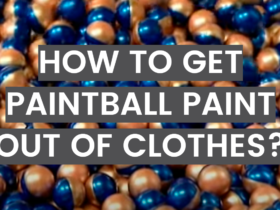
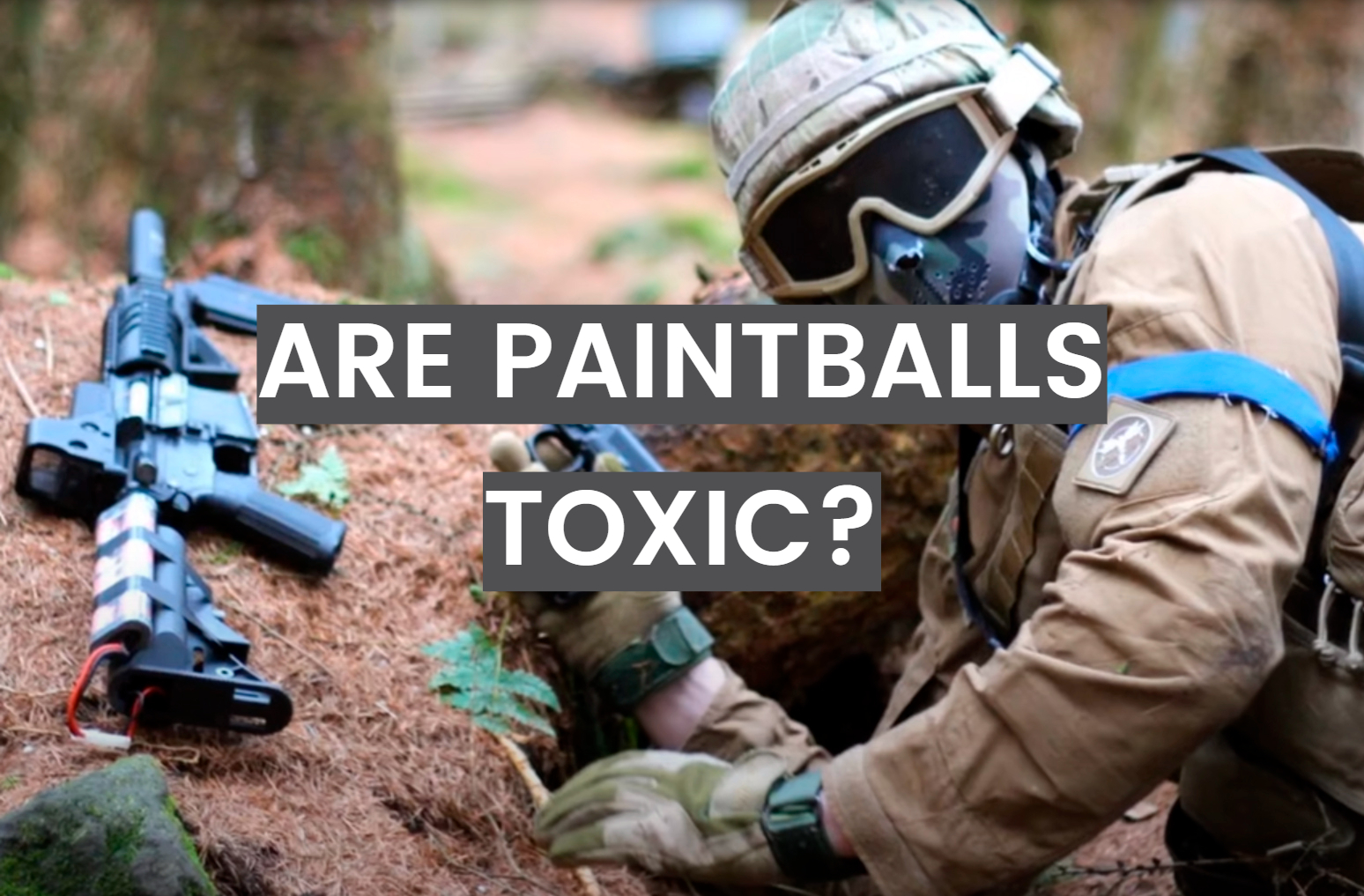

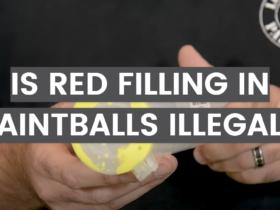
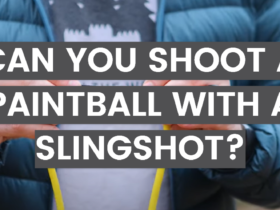
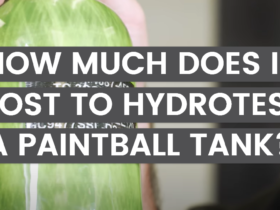
Leave a Review